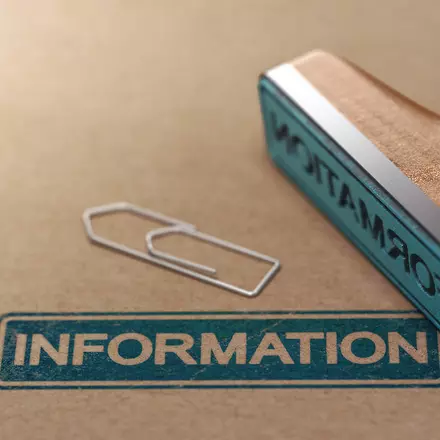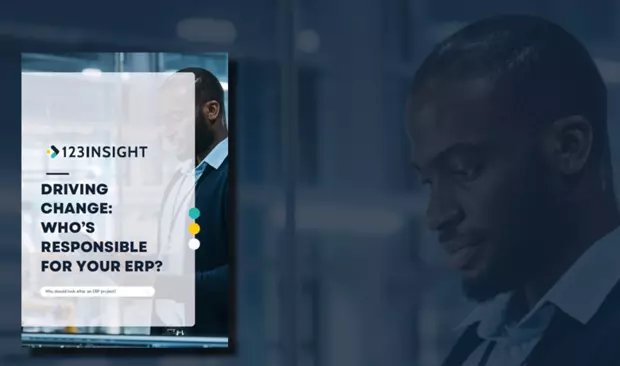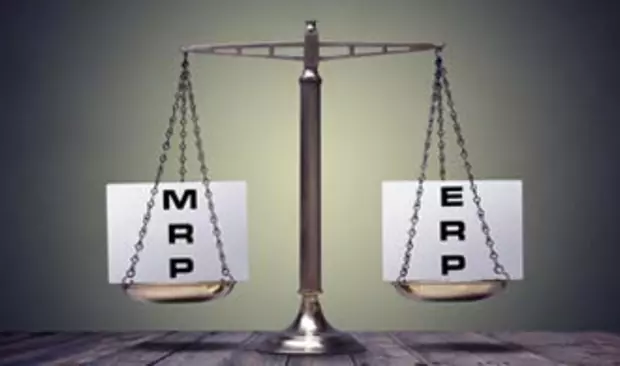
Business Intelligence (BI) is playing an increasingly important role in the manufacturing sector. However, BI is not exclusively available to the large multinationals. There are plenty of tools available, but in order to take advantage of them you need to have the right data systems in place first.







